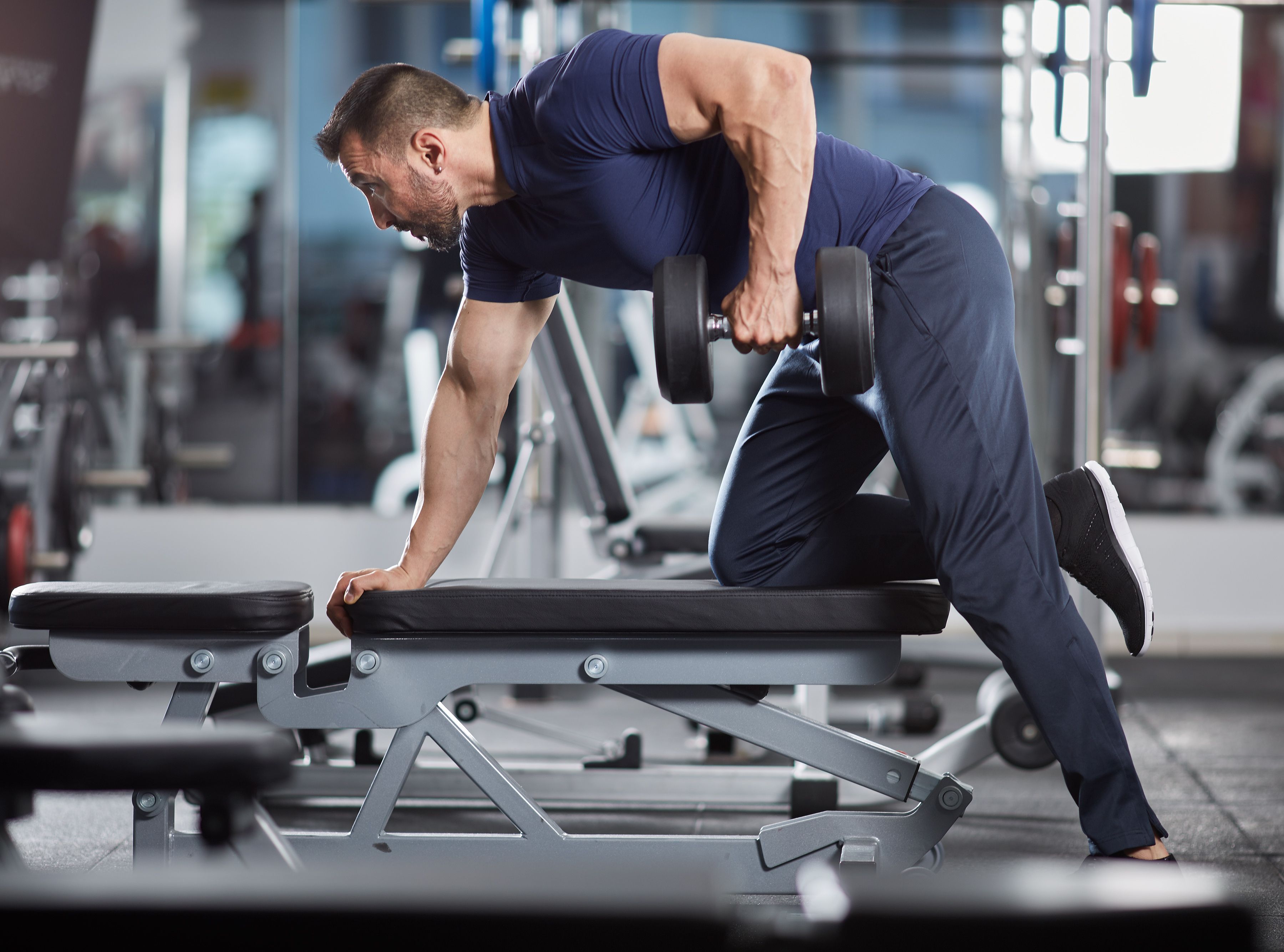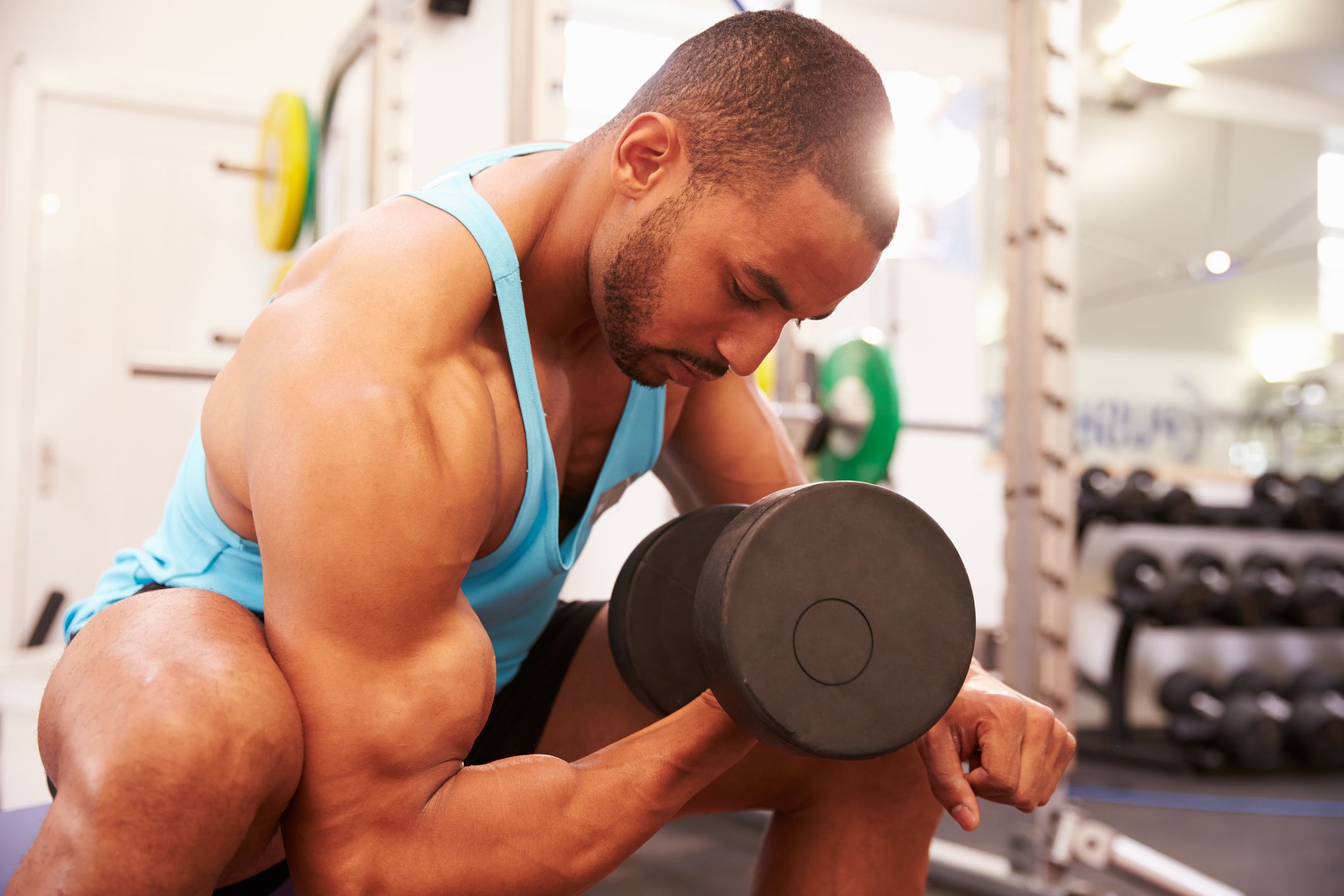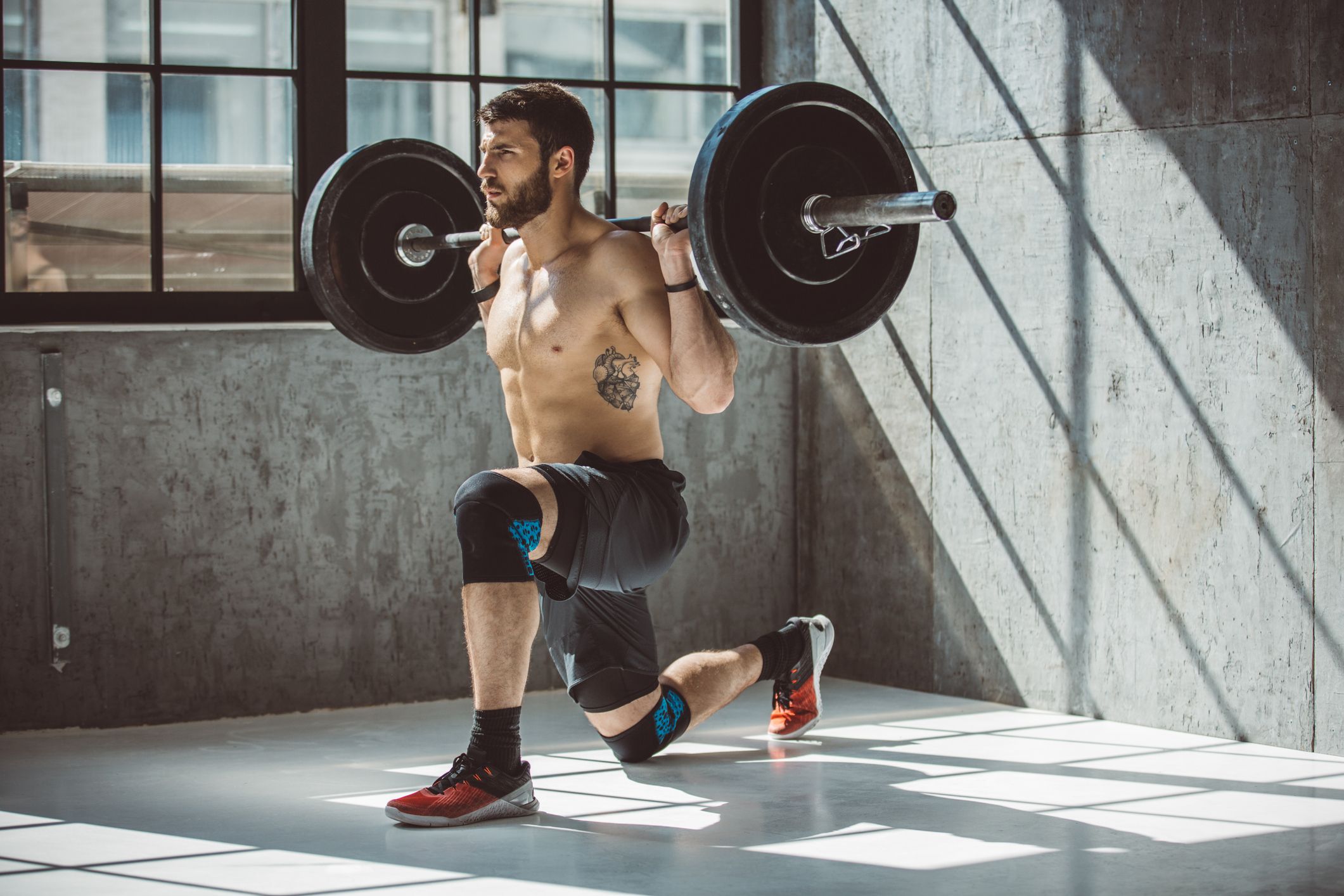Single limb exercises – also known as unilateral training – provide your body with a number of benefits
The majority of gym lifts and resistance machines cause your muscles to work bilaterally – that is, both limbs moving in the same range of motion at once. Think of the leg press with both feet on the platform, or the standard lat pulldown using both arms.
There is absolutely nothing wrong with this approach, which certainly helps you build the basics. However, for even greater results, it’s worth spending some time unilateral training.
Performing any exercise with a single limb is classed as unilateral training. While this method may seem to have you in the gym for longer, there are more than enough reasons to get lifting this way.
The top three benefits of unilateral training
- Perhaps the biggest pro for single limb training is correcting muscle imbalances. Most people are naturally stronger and maybe slightly more developed on one side. Unilateral exercises can help iron this out. Restricting your chest training to just the barbell bench press would not help your smaller, weaker pec for example. Alternating dumbbell presses would.
- Enhancing core strength is also a huge advantage. Performing an exercise one-limb-at-a-time is more difficult, thus requiring greater core strength and coordination.
- The risk of injury is also reduced with this style of lifting. When it comes to leg day, that is certainly the case. Many sports injuries involving the legs are caused by an imbalance in strength that single leg exercises could improve. Easy ways of rectifying this are performing single leg presses. Just forget to at least halve the weight you’re lifting with both legs.
Examples of unilateral exercises include:
Single-arm dumbbell row
- Pick which side you’re going to start with – let’s assume you want to hit the left side of your lats first.
- Grasp the top of the bench with your right hand (as depicted above) and place your right knee on the bottom of the bench.
- Hold the dumbbell in your left hand with the palm of your hand facing in towards your body.
- With elbows tucked in, pull the dumbbell up and towards your hip. This maintains tension on the targeted back muscles.
Concentration curl
- This variation of the traditional bicep curl takes the swinging out of the movement.
- Place your lifting arm against the inside of your thigh (as depicted). Your leg acts as a barrier against swinging.
- If you are struggling towards the end of a set, go slightly lighter.
- While this exercise may initially limit the maximum amount of weight you lift, it means only the bicep muscle will feel the strain.
Barbell lunge
- The lunge is one of the best unilateral exercises you can perform with a barbell.
- It also stimulates your abdominals more than most lifts.
- When performing this lift, ensure your front knee moves in line with your toes. Your back leg should drop down to stop your front knee from moving too far forward.
Read more: three ways you can build more muscle with press-ups












































